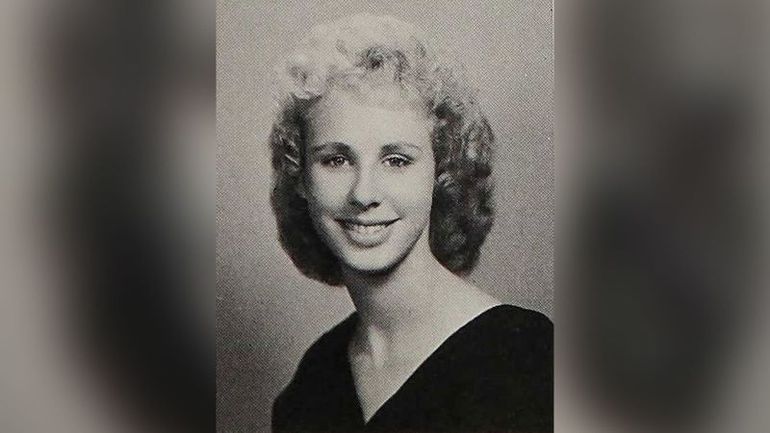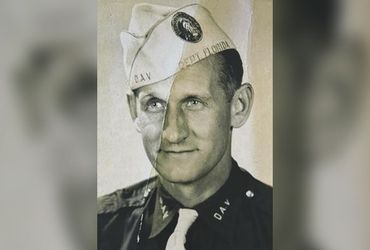
Woman's Remains Found on Crescent Beach in 1968 Finally Identified by Florida Authorities

In a significant breakthrough, Florida authorities have identified human remains discovered nearly 40 years ago on Crescent Beach in St. Johns County. The remains belong to a woman who was last seen by her family back in 1968, shedding light on a long-standing mystery.
Nearly 40 years ago, human remains were discovered on a beach in St. Johns County, Florida. This week, authorities confirmed that the remains belong to a woman who was last seen by her family in 1968.
The woman was identified as Mary Alice Pultz, who was 25 years old at the time. Originally from Rockville, Maryland, she had two children. Mary became estranged from her family and left with her boyfriend, John Thomas Fugitt, as stated in a news release from the St. Johns County Sheriff’s Office.
In 1985, construction workers discovered human remains while digging for a walkover on Crescent Beach. The sheriff’s office confirmed that the person had been murdered.
After an initial investigation, it was revealed that the remains belonged to a white woman aged between 30 and 50.
The remains of Mary Alice Pultz were found in 1985 by construction workers, 17 years after her family had least seen her in Maryland.
The remains of Mary Alice Pultz were found in 1985 by construction workers, 17 years after her family had least seen her in Maryland.
St. Johns County Sheriff's Office
The case went cold over the years and the remains were left unidentified.
In 2011, officials had a facial reconstruction done which provided some leads but did not solve the case.
In 2023, a significant breakthrough occurred when the remains were sent to Othram, a Texas lab known for its expertise in forensic genetic genealogy.
With the assistance of advanced technology in the lab, the sheriff's office was able to identify potential relatives of the victim. Sgt. Gene Tolbert then met with these relatives to gather more DNA samples for testing, leading to the positive identification of the remains.
In January 2024, officials were able to confirm Pultz as the victim; however, her homicide case remains unsolved.
Tommy, also known as Billy Joe Wallace, was a person of interest in the case of Mary Alice's disappearance. Sheriff Tolbert mentioned in a Facebook video that they were not sure if Tommy was involved, but he was at the top of their list.
During the investigation, officials discovered that Fugitt passed away while he was on death row. He had been found guilty and given the death penalty for the killing of his roommate in 1981.
The sheriff's office mentioned that even though many years have gone by, detectives are optimistic that the progress made in the case will eventually lead to new information that can bring closure to the victim's family.
St. Johns County is situated on the northeast coast of Florida. It is unclear whether Pultz relocated to Florida with her boyfriend, as the police have no information on any addresses or employment records from the time she left Maryland in 1968 until her remains were discovered in 1985.
When she left, her son, Norman Jenkins, was still a young child.
“I would just like to know if anyone ever saw her or knew her,” Jenkins told police.
Editor's P/S:
The tragic tale of Mary Alice Pultz, a woman whose life was cut short and whose identity remained unknown for decades, is a chilling reminder of the enduring scars left by unsolved homicides. The discovery of her remains in 1985 and the subsequent efforts to identify her have been a testament to the unwavering determination of law enforcement and the power of modern technology. The confirmation of her identity in 2024 brings a bittersweet sense of closure to her family, while her unsolved murder case remains a haunting reminder of the ongoing search for justice for victims of violent crimes.
While the identification of Mary Alice Pultz is a significant step forward, it also highlights the challenges faced by detectives in solving cold cases. Fugitt, the person of interest in her disappearance, is deceased, and his involvement in her murder may never be fully known. The lack of information about Pultz's whereabouts in the years between her disappearance and the discovery of her remains further complicates the investigation. Nevertheless, the detectives' optimism that new information will emerge is a beacon of hope for Pultz's family and a testament to the resilience of the human spirit in the face of adversity.












